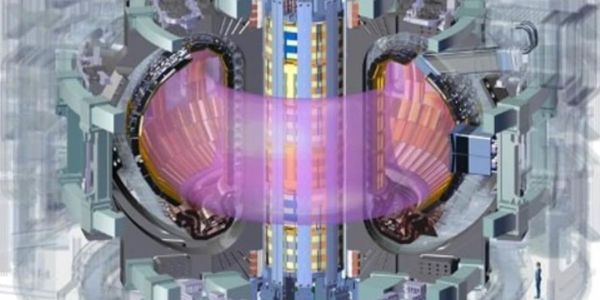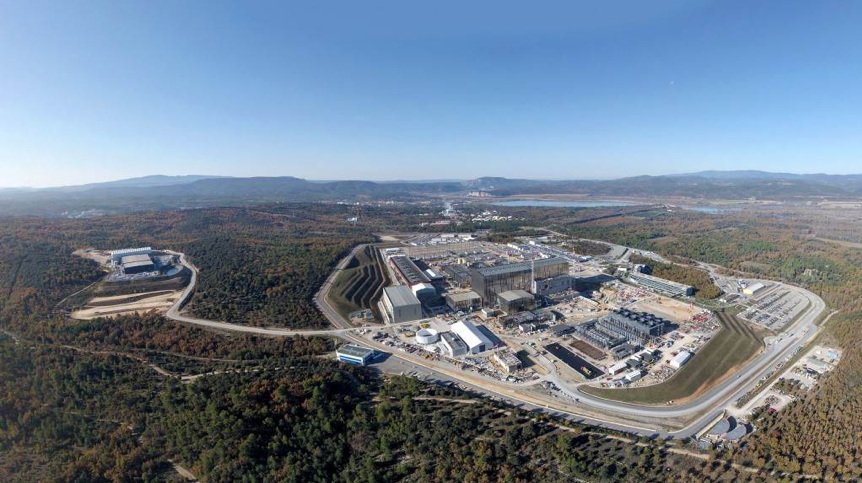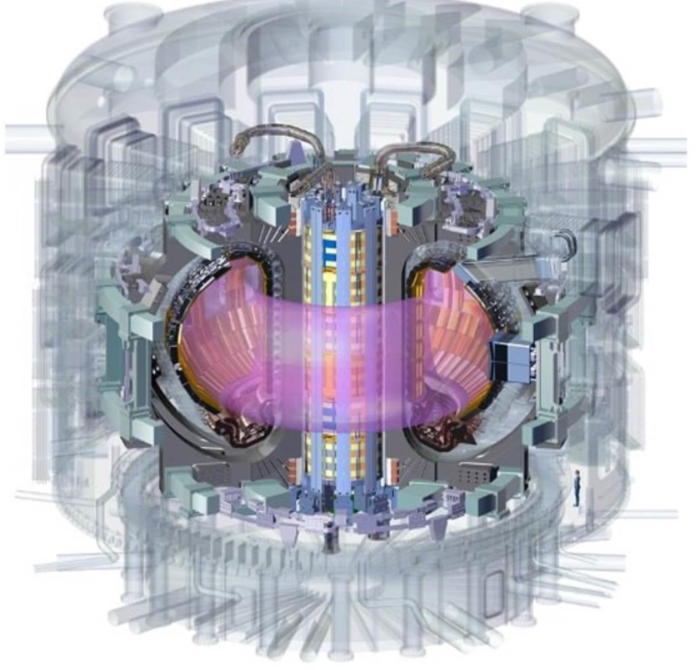PHOENIX EPES Cybersecurity solutions could help ITER integration to European Smart Grid

ITER project aims at commercial level power production (Q factor > 10) from hydrogen nuclear fusion to helium using magnetic confinement of plasma in a tokamak type nuclear reactor.
This articles provides an overview of the project, as well as a short report on the recent Annual Remote ITER Business Meeting held on 7 & 8 April 2021.
Once ITER is operational and integrated to the European Smart Grid, PHOENIX project Cybersecurity Tools and Functionality will be instrumental ensuring ITER is well protected.
ITER Update (Dr I.P. ZOIS, TRSC / PPC S.A. Greece)
During 7 and 8 April 2021 the ITER remote business meeting took place
Participation was by invitation only and more than one thousand delegates from around the globe participated (see list of participants below)
https://indico.iter.org/event/14/attachments/67/109/B2B_companies.pdf
The list includes top global companies like Framatome/Arreva, General Electric. Hitachi, Kawasaki, Siemens, EDF, EON, State Power and Grid China, Pacific Gas & Electric, Westinghouse etc. ITER stands for International Thermonuclear Experimental Reactor (there is also the word “iter” in Latin which means “the way”). ITER aims at commercial level (Q factor > 10) power production from hydrogen nuclear fusion to helium using magnetic confinement of plasma in a tokamak type nuclear reactor. The first time that electricity was produced from nuclear fusion (proof of concept) was in 1999 at the JET nuclear fusion reactor at Oxford UK. ITER is essentially the commercial scale – up of JET.

Nuclear fusion is the physical process that produces energy in the stars in the universe and it is considered the “Holy Grail” of energy production: abundant electricity can be produced without the intermittency of renewables, with no greenhouse gas emissions and no radioactive waste. The isotopes of hydrogen used in the nuclear fusion process (deuterium and tritium) available in the oceans can last for more than ten thousand years. The only difficulty is that the technology required is extremely challenging.
ITER is a truly international project, partner members include the EU, the USA, Japan, Korea, China, Russia, India etc. The total budget exceeds 100 billion E. This is the biggest research project on energy currently active worldwide and in fact it is so big that no country could afford it alone, hence the international cooperation.
ITER is currently being built in Cadarache, S. France (construction started in summer of 2020).

Dr I. P. Zois-also a research fellow at CERN Theory Division, was the only PPC member of staff invited at the event. ITER has close affiliation with CERN, in fact ITER is the spiritual offspring of CERN, the idea for ITER was actually originated from CERN back in 2010. Apart from the technological level, the physics of ITER is very advanced with many remaining open problems. Macroscopically the relevant science is called Magnetohydrodynamics (MHD for short) which describes the physics of plasma (ionized matter). This is a combination of fluid dynamics (Navier Stokes equations) with Maxwell theory of electromagnetism. At the fundamental level the nuclear process of fusion is described by Quantum Chromodynamics (QCD for short) which is the quantum field theory describing the strong nuclear interactions. Dr I.P. ZOIS is actually participating in the international research group (lead by CERN Theory Division) which tries to solve various problems related to QCD (see for example [1]).
ITER will include a 500 MW thermal power tokamak nuclear reactor which will be eventually connected to the French Power Grid. One of the issues discussed during the 2 day remote business meeting was in fact cybersecurity of the power plant (the power production unit and its connection to the French Power Grid). Many interesting presentations appeared, the most interesting one was by the Chinese conglomerate Huawei which presented their future 6 G mobile network architecture along with the accompanying cybersecurity tools and protocols.
ITER is a power plant—although of a completely new type with very advanced technology- and hence PHOENIX project Tools and Functionality will be instrumental ensuring ITER is well protected once integrated to EPES since ITER will eventually be connected to the French Power Grid. It is worth mentioning for the information of the Phoenix consortium members that a number of forthcoming Calls for Tenders will be on cybersecurity. More information on ITER can be found at its website:
[1] Zois, I.P.: Fixed point theorems and the renormalization group flow equations in large N Lattice QCD, Nuclear Physics B 12.3 (2021)












